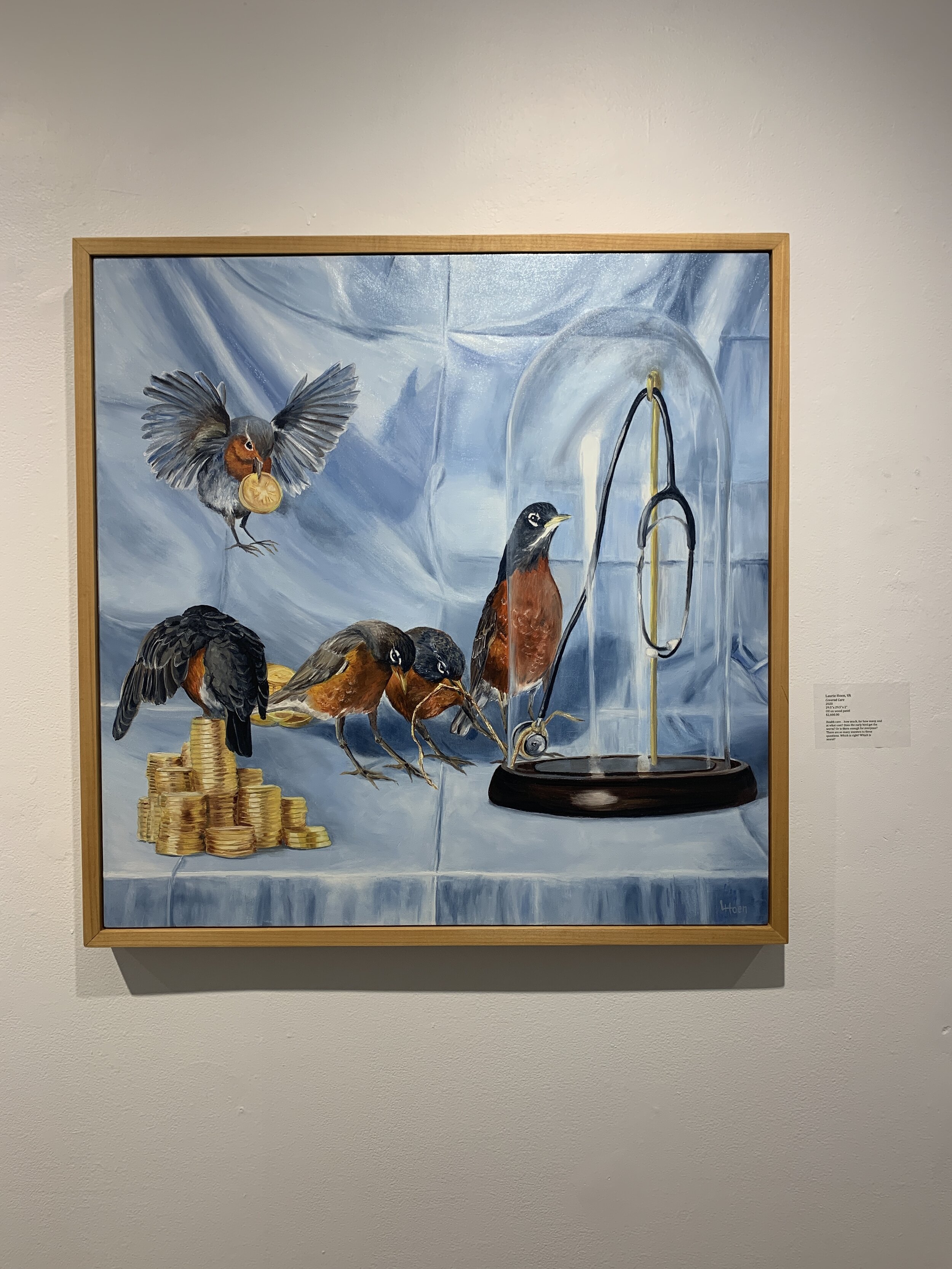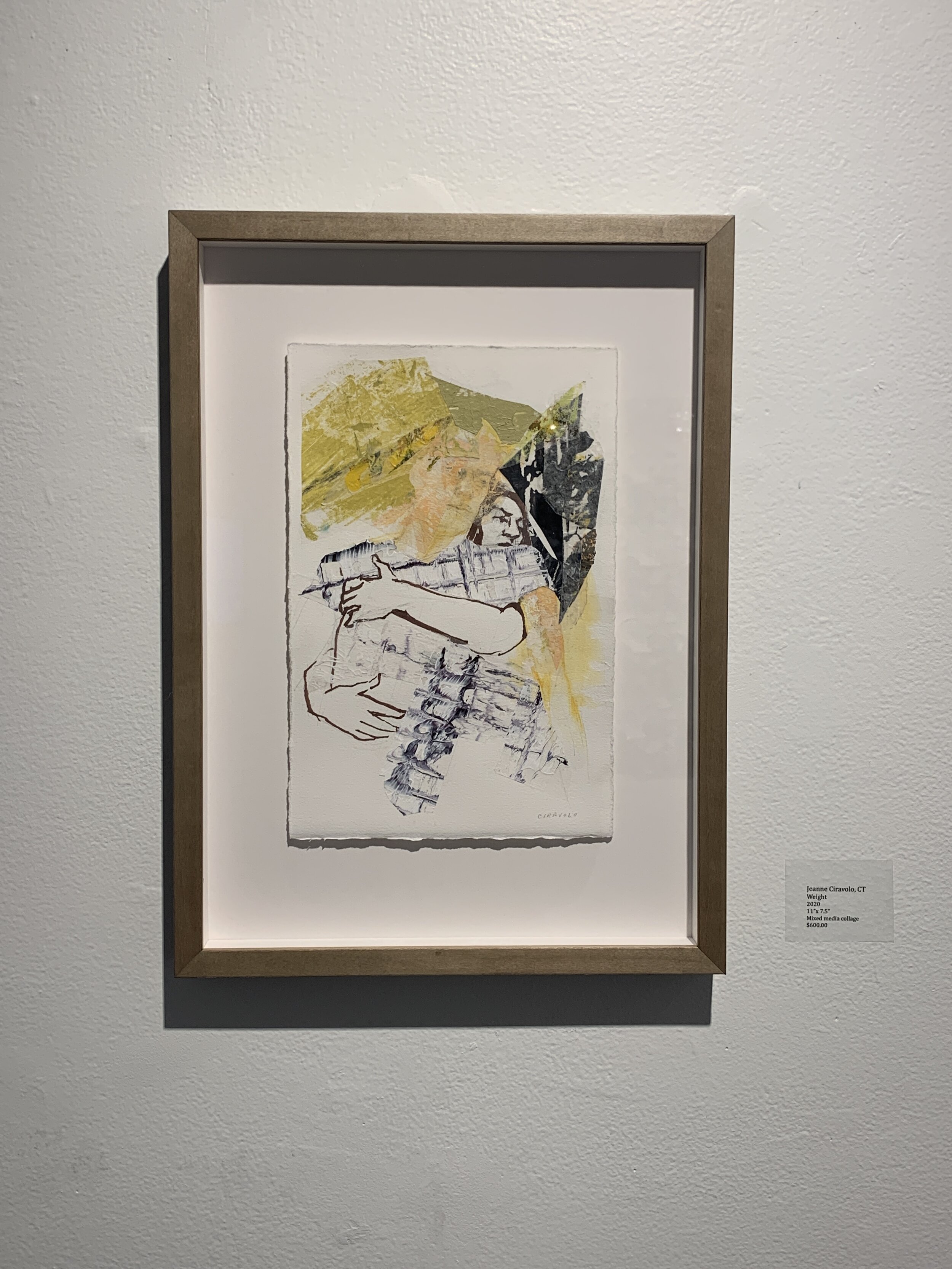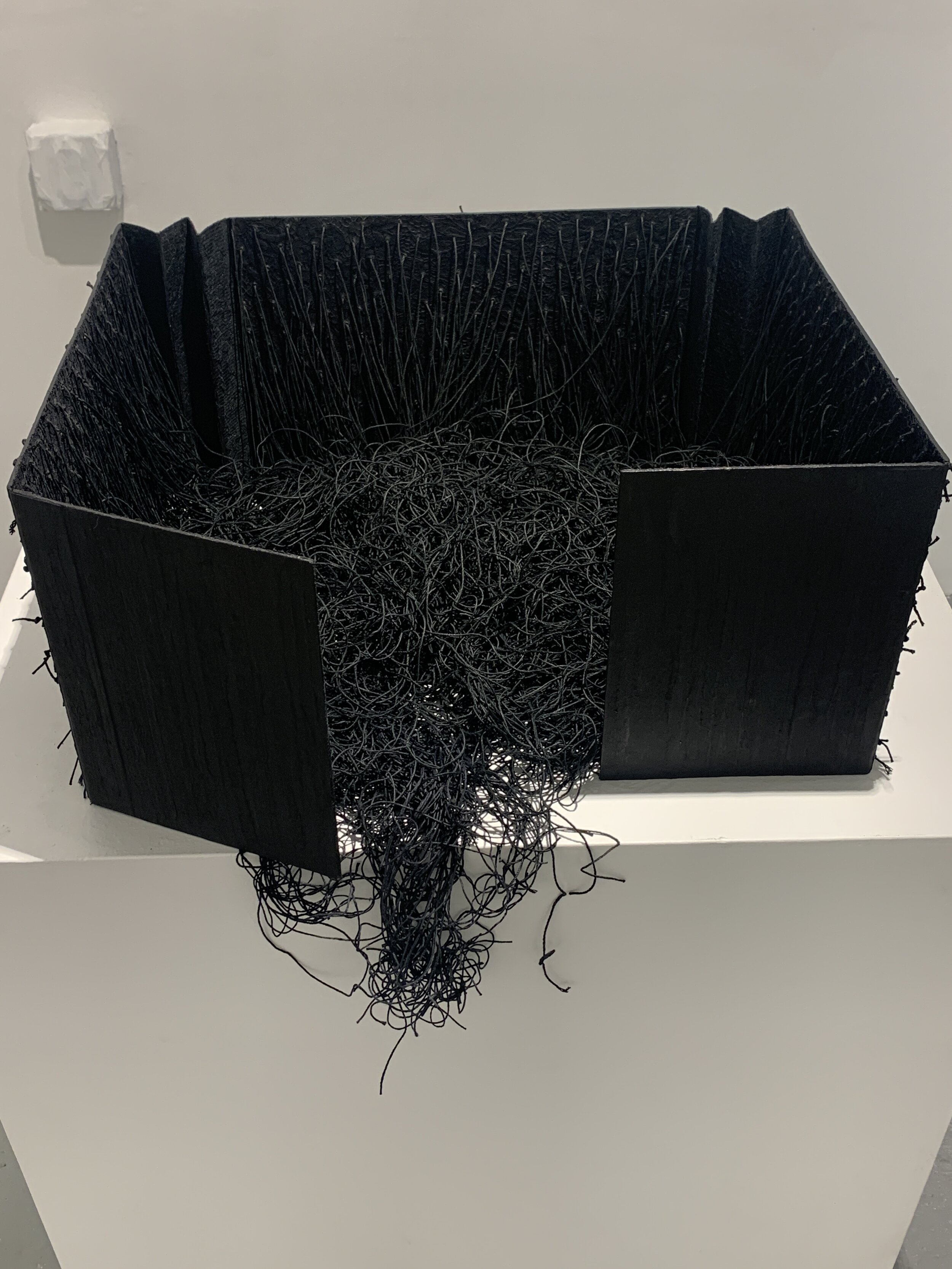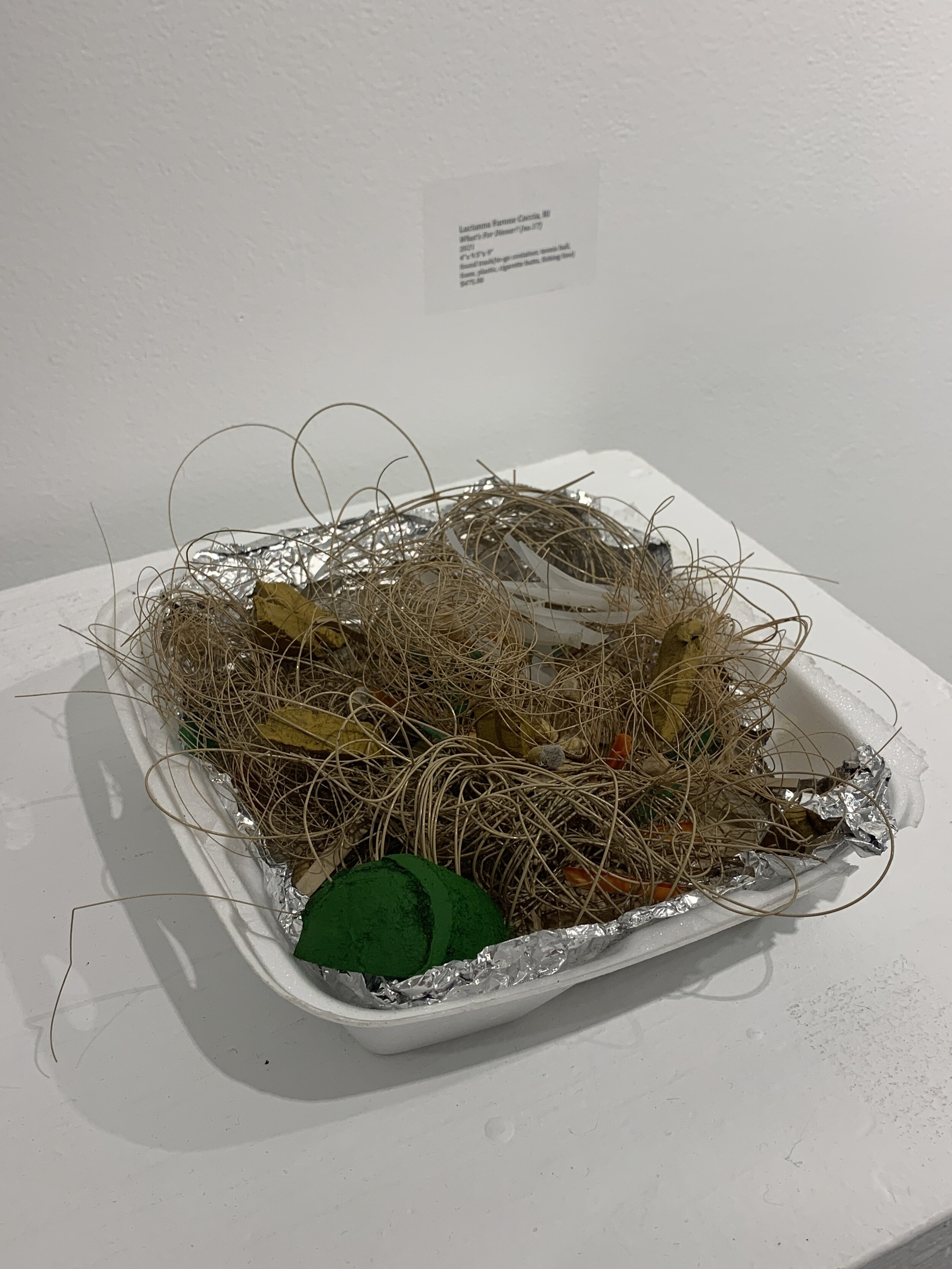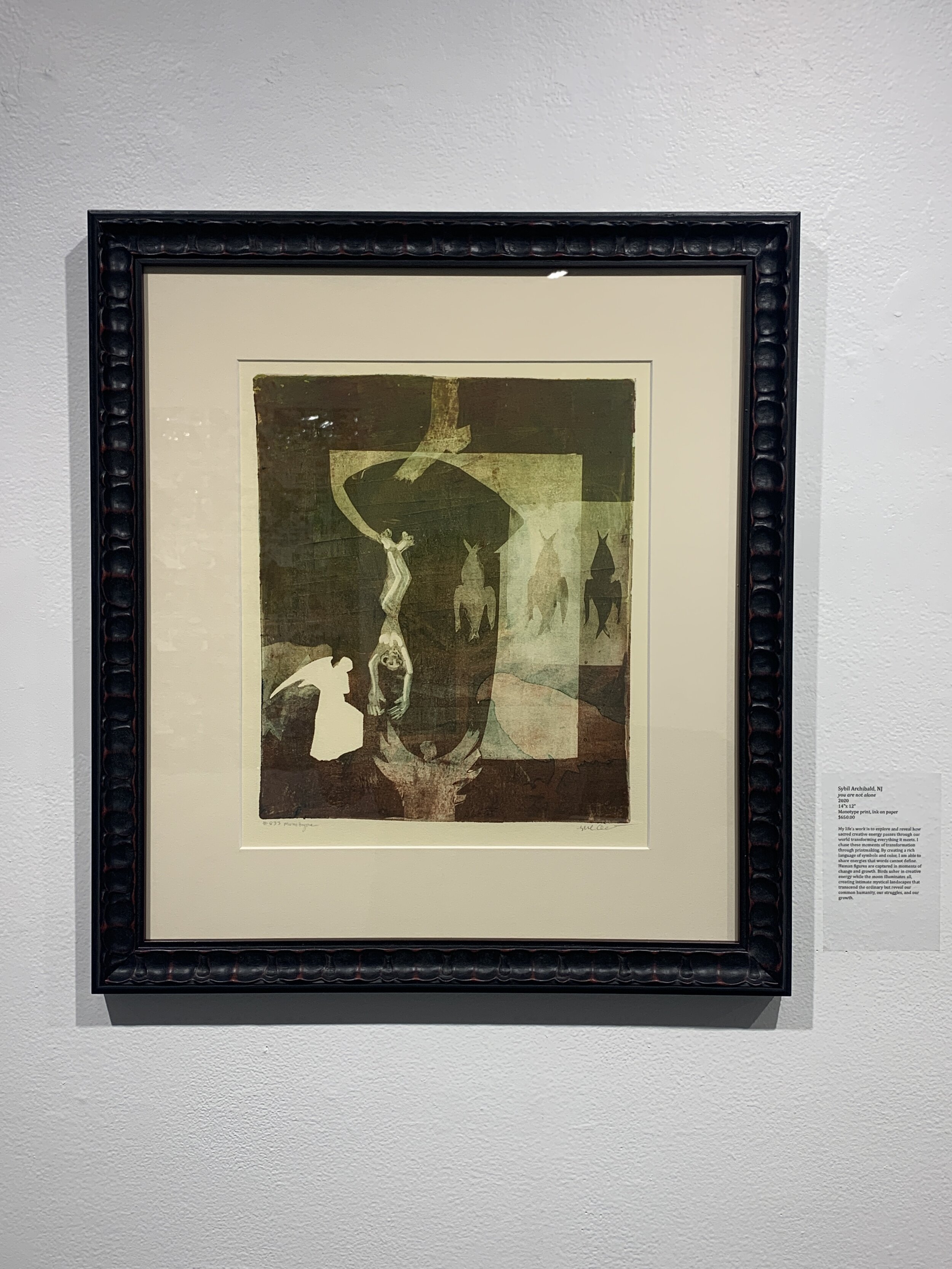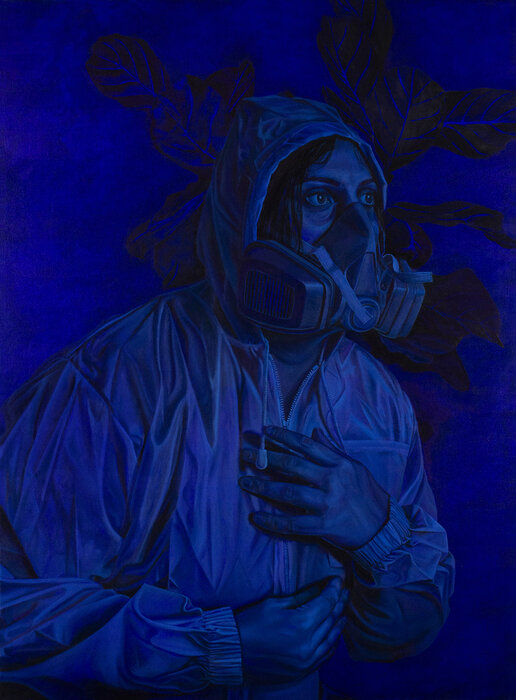About
Juried by Francine Weiss, Senior Curator of the Newport Art Museum this National Juried Exhibition showcases artists from across the nation responding to the unrest of 2020/2021 and their visions for the future. The work examines the emotional, spiritual, and physical effects of the turmoil and how these might transform into manifestations.
Live artist talk on Zoom, recorded on May 20th, 2021—> watch below!
About the Juror: Francine Weiss is the Senior Curator at the Newport Art Museum in RI where she curates exhibitions of contemporary art, photography, and American art. Her recent exhibitions include “Andy Warhol: Big Shot,” “The Shapes of Birds: Contemporary Art of the Middle East and North Africa,” and “Domestic Affairs” among others. Her past positions include Curator at the Photographic Resource Center (Boston, MA), Acting Assistant Curator in the Department of Photographs at the National Gallery of Art (Washington DC), Curatorial Fellow at the deCordova Sculpture Park & Museum, and Curatorial Fellow of American art at Harvard University Art Museums (both in MA) among others. She has taught art history at Wellesley College, Simmons College, and Boston University (all in MA) and has taught and advised students in the MFA program at the Institute of Art and Design at New England College. Dr. Weiss has a Ph.D. in American studies, specializing in art and photography, from Boston University and a B.A. from Wellesley College in English. She has received fellowships from the Smithsonian Institution (Washington DC), Georgia O’Keeffe Museum and Research Center (NM), Center for Creative Photography (AZ), The Huntington (CA), and Harry Ransom Center (TX). She has published widely on photography and American art.
It was an honor to jury the Hera Gallery’s “Turmoil and Transformation” exhibition. Founded in 1974, the Hera Gallery has a history of giving voice to women artists and artists from under-represented groups. It has broadened its mission to show artists of all genders, regional and national, and at different stages of their careers, but the core values of supporting artists, encouraging important conversations, and ensuring that there is diversity in the art world are all still alive and well.
It was a pleasure to see such a diverse array of submissions to this call. The entries varied in medium, subject matter, style, and process. What they all shared in common was an engagement with what’s happening in the world right now, such as the terrible and unfathomable human cost of COVID; the dire need for social justice, equality, and equity; political protest and transition; an abiding interest in nature and concern for climate change; and social distance and bonds. I was fascinated by repeated motifs in the entries: the prevalence of birds, the use of language and words in art, landscapes both real and imagined. Not all works explicitly referenced contemporary issues; some simply captured a mood or feeling. And still other works of art were humorous or hopeful—perhaps this is the “transformation” part of “Transformation and Turmoil” . . . the possibilities for self-awareness and renewal.
I would like to thank all of the artists not only for submitting to “Turmoil and Transformation,” but also for continuing to make art during this challenging time. Thank you for making this work for yourselves and for sharing it with me and others.
-Juror Statement by Francine Weiss
Virtual Artsteps Gallery
Succession: A Visual Score by Anne Yoncha, MT
with composer Shari Feldman & cellist Julia Marks
2019
Dye from locally-sourced cedar and Lake Ogallala water, graphite on paper, digital overlay of 2 minutes of MIDI biodata recorded from eastern red cedar and mixed prairie grasses directly below its canopy.
Display on 32in screen.
NFS
Because of increased human settlement and changes in fire regimes, eastern red cedar (though native) increasingly outcompetes mixed prairie grasses, an example of forest succession. "Succession" depicts a series of mixed prairie grasses found on site within the shape of one large cedar. I recorded two minutes of biodata of grasses (blue digital overlay) and cedar (red) from the site, using a galvanometer sensor. The biodata is sonified with a multi-track cello recording. Engaging with interpretations of plants as entities in dynamic relationships with their surroundings can contribute to our ability to think more critically about the way we perceive and value novel ecosystems and post-human landscapes.


















